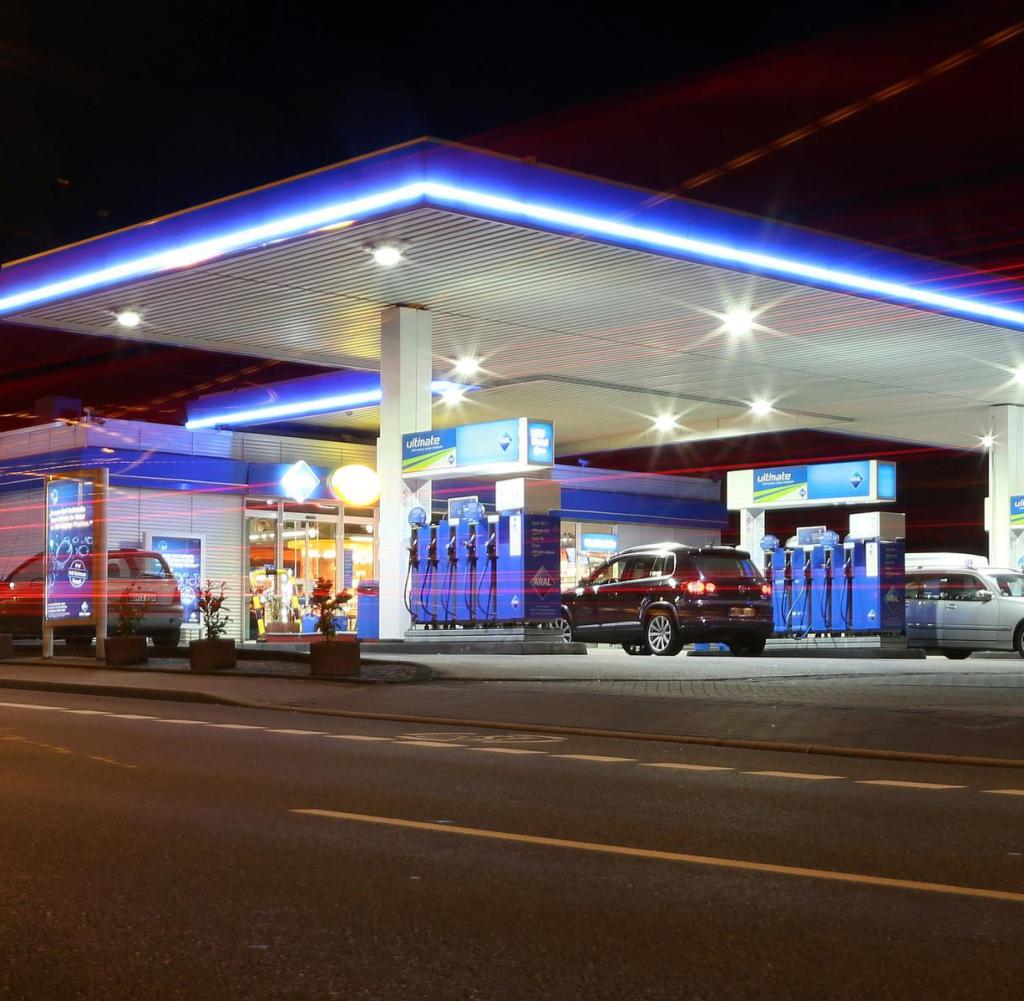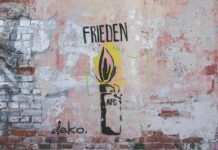The fluctuations in fuel prices over the course of the day are becoming faster, but also smaller. According to a recent analysis by the ADAC, the difference between the highest and lowest price over the course of the day was slightly smaller in May than it was a year ago. Specifically, it was 6.4 cents for premium E10 petrol and 7.3 cents for diesel. That is a decrease of 1.7 and 1.6 cents respectively compared to the same month last year. The values are based on the fuel prices of around 14,000 petrol stations in Germany.
The cheapest time to fill up is still in the evening. However, the time of the lowest price has shifted slightly. “A year ago it was between 8 p.m. and 10 p.m., now there are two times: between 7 p.m. and 8 p.m. and between 9 p.m. and 10 p.m.,” says ADAC expert Christian Laberer.
In between there is now a new, small intermediate high in the price, which briefly increases by two cents. The number of price increases over the course of the day thus increases by one to a total of eight. The ADAC recorded the highest price in the morning with a peak at 7.15 a.m. Then it tends to go down in waves. The price falls significantly below the daily average for the first time at 11.45 a.m.
Even though the differences have somewhat diminished, Laberer still advises comparing prices and refueling wisely: “If you go to a cheap gas station at a good time, you can quickly save more than 10 cents per liter compared to an expensive gas station at an inconvenient time,” he says.
This advice also applies to the summer holidays: “If you are going on a trip, you should fill up the evening before if possible. It is much cheaper than in the morning, because that is when prices are at their highest during the day. You also save time and do not have to drive to one of the particularly expensive motorway petrol stations.”




